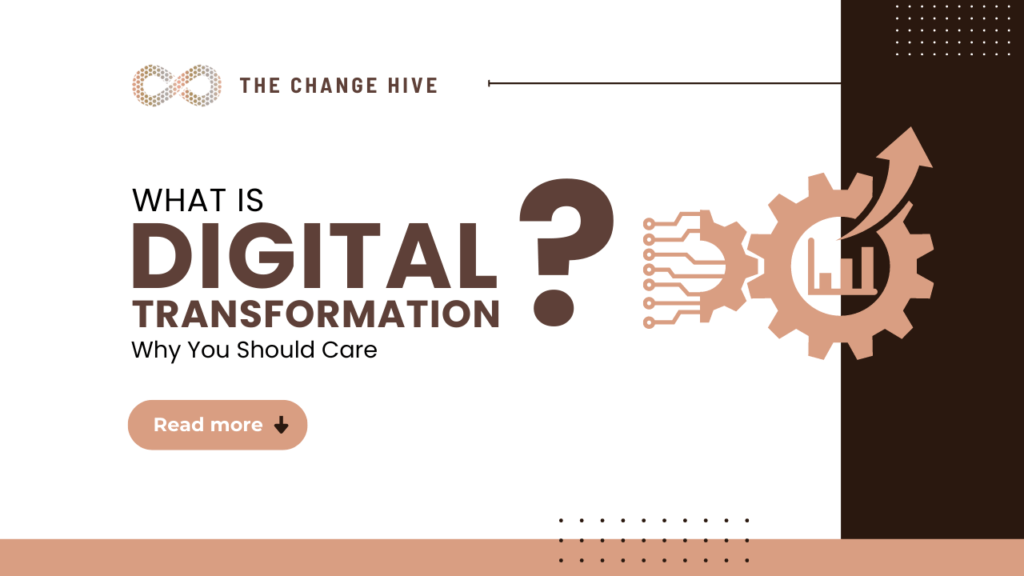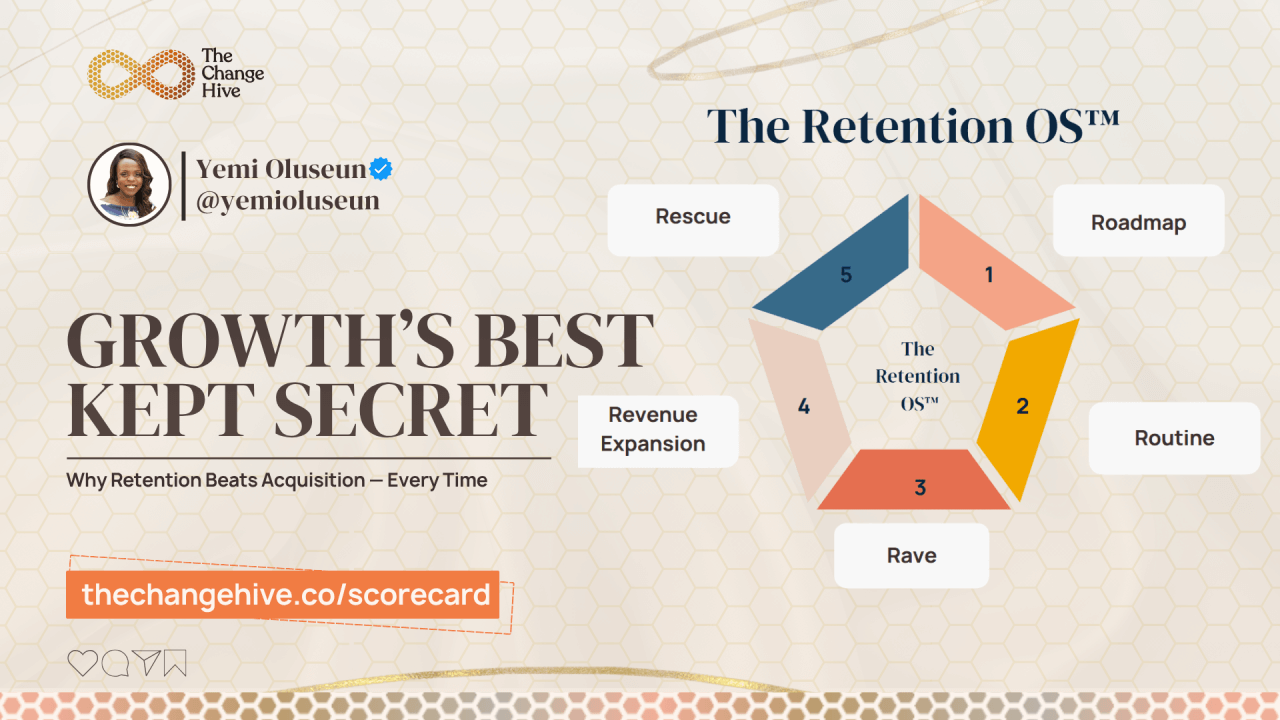Digital Transformation, Business Transformation, Digital Business Transformation – these are all synonymous.
Here is how I would describe it:
It is using ‘modern technology’ (Digital)
As a catalyst for radical change (Transformation)
Of strategy, ways of working – culture, operating model and business practices (Business)
To improve efficiency and unlock value (the Why)
Categories of ‘Modern Technology’
There are 5 broad buckets of modern technologies.
These are also called the “ABCD-X of Digital Transformation”.
-
- A – Artificial Intelligence/ Machine Learning e.g. Image Recognition
- B – Blockchain Technologies (e.g. cryptocurrencies, smart contracts, non-fungible tokens – ‘NFTs’)
- C – Cloud (e.g. Platform As A Service, PaaS – Azure, AWS, Software as a Service, SaaS – Salesforce, Office 365)
- D – Data & Analytics (e.g. Power BI, Tableau)
- X – (Internet of Things – ‘IoT’, Mobile, Security, Web)
Over-Emphasis on the “Digital” Can Be Misleading
With so much hype around new technologies, it is tempting to allow the technology drive.
Don’t.
The most successful transformation programmes – are those that use technology as an enabler, not the driver.
These businesses get clear on their current business process, pain points and desired outcomes first – before engaging vendors.
True transformation should result in a change to how business is done and the organisation is structured – it is beyond just implementing new software or cloud migration.
Why All The Buzz!
-
- The Pandemic: COVID and subsequent macro environment volatility events have been catalysts for change – businesses were forced to adapt very quickly or die. Smart businesses now recognise the importance of regular self-disruption and the use of scalable technology like the cloud to help with resilience planning or the use of AI technology to predict cyber attacks etc.
-
- Customer Feedback: Consumers are more technology literate. They experience the convenience of well-deployed technology in their daily lives so expect the same from their work life. For example, customers expect a positive experience across various touch points – social media, mobile apps such as email, live chat, and more.
-
- Enabling Technology: 5G and ever-increasing internet speeds, the affordability of IoT devices (drones, chips) for data collection and so on present many potential alternatives to work in a more proactive, user-friendly way.
-
- Operational Efficiencies: New technologies offer the ability to optimise processes, and automate repetitive tasks (e.g. Robotics Process Automation – RPA technologies) – and so freeing up humans to do more intelligent and meaningful work.
-
- End-of-Life Software and Vendor Pressure to Migrate to Cloud: Software used to be purchased outright as on-premise or on-device solutions. These days, most vendors are decommissioning these on-premise offerings and moving to a Software As A Service (SaaS) subscription model. E.g Microsoft Office – from the installation disk to software download and now, SaaS (Office 365).
-
- Employee Retention: With more millennials and gen Zs – the ‘digital natives’ in the workforce – tolerance for legacy digital technology is waning.
-
- Digital Business Building: Customer and market opportunity to re-design the traditional business model by creating a digitally enabled spin-off or line of business that leverages existing strengths e.g. Amazon and AWS (amazing to think that AWS was Amazon’s “side-business”), Adobe Creative Cloud..
Common Factors of Successful Transformations
Here are two things businesses that successfully transform do:
-
- They have business-side senior executive sponsorship. The business sponsor is actively involved – acting as a visible evangelist of the change to ensure it is not treated as an “IT” project.
- Good Change Management. Getting clear on the impact of the change on people and culture. Making adequate steps to prepare for this. Creating psychological safety that -encourages ownership, risk-taking and experimentation.
Common Factors of Unsuccessful Transformations
Here are two things you shouldn’t do:
-
- Allow new technology hype or software vendors drive your transformation. Successful businesses get third-party advice and delivery support however their executive sponsors and internal teams stay engaged and retain accountability for achieving the expected benefits.
- Reactive Change and Fear of Missing Out (FOMO). These are projects where the business case is something along the lines of “the competitors are doing it” or “this is the new market trend” or “there is vendor pressure to sunset end-of-life software”. While these factors may contribute to the need for change, the best solution will come from an assessment of the current state, evaluating options, and then determining the best course of action.
The days of running change projects every 3-5 years are gone – technology and stakeholder expectations are evolving way too fast.
There is a need for businesses to adopt a change mindset.
Change is disruptive – but not changing is not an option (ask Kodak, Blockbusters).
Having clear goals, senior executive-level business sponsorship and good change management increase the odds of success.
For more best practices on implementing transformation programmes, check out: 7 Steps to Successfully Plan Business Expansion and Optimisation Projects
Happy Transforming! 🙂
#digitaltransformation #businesstransformation #businessdigitaltransformation







